Joe and I are different from other people. We just accept things when God puts them before us. It’s like accepting what you have to do in life. Things come at you, and you don’t say, “Am I going to do it?” You say, “Now, how am I going to do it?”
May Lemke
Occasionally, we learn of extraordinary teachers. They excel above all others. We can only sit back and marvel at their work. They just seem to know, without any explanation of how or why they know. This is the story of one such teacher, who raised a severely handicapped child. It is told in Shirlee Monty’s book May’s Boy: An Incredible Story of Love. (May shares the copywrite as a joint author.)
Leslie was received into the home of Joe and May Lemke at the age of six months. May was told that he wouldn’t live long. He had been born prematurely and weighed only three pounds at birth. He was palsied, and his limbs were limp. His eyes had been removed due to infection, and his parents were unable to care for him.
When May first looked at the child, she was brought to tears. She was 52 years old and had already raised five children of her own. Yet, she accepted the challenge with an unwavering faith which kept her strong through the next four decades with Leslie.
“Oh, Joe, he looks terrible! So forlorn, so long and thin and helpless. But God loves all children, even this little creature. We’ll just see what we can do.”
Joe Lemke
May’s Childhood Education
May was born in the summer of 1900 in an English fishing village. Her father was a shipbuilder who was often deployed by the royal service, and he was absent for much of her childhood. Her mother was a nurse and midwife with a workable knowledge of herbs and home remedies. She was the mother of ten, yet always generous with her services. She often welcomed beggars and war victims into her home. Her policy was to never turn anyone away because you never know who it’s going to be.
May’s earliest behaviors foreshadowed who she was to become.
May’s prized possession for many years was the rag doll her mother had made for her when she was just two. She carried the doll everywhere, including to meals, where she kept up a constant conversation with her child. “Now, mind your manners. Stay clean and neat whilst you eat!” When one of her brothers accidentally sat on the doll one morning, May spent the rest of the day nursing it back to health.
May wandered throughout their village visiting new and interesting places, often to be brought home by helpful adults who told about the delightful things she had said and done. Her childhood could have easily been the inspiration of the Eleanor Porter book Pollyanna. Like Pollyanna, she showed love and care to everyone with perpetual and contagious joy. She never missed an opportunity to help or encourage another.
At the untimely death of her 11-year-old brother, she was not yet two years old and stayed next to her mother, from when the injured boy came home, until he died shortly after. Following this tragedy she voluntarily adopted the role as a comforter to her bereaved mother who dubbed her a little ray of gold.
It was the custom for the village children to begin their schooling at age 3 and stay in school until they were 12. Boys were introduced to trades and girls were taught basic homemaking skills, like housekeeping, mending, cooking, cleaning, and needlework. The first world war interrupted May’s youth with new tragedies. She lost 4 brothers and her father, as well as most of her uncles, male cousins, and friends. When supply ships were sunk, food became scarce. It was through her mother’s foresight and planning that she was able to eat.
Before England entered the war, Maria Hansen [May’s mother], anticipating the worst, began to put a bit of strawberry jam in a large stone jar every day. She covered and sealed it with rice paper so it wouldn’t spoil. The children always wondered what it was for.
Later… she lined up May and her three younger sisters and said, “You were always wondering why I did this. I knew things were going to be bad. There’s no food for us now, so this teaspoon of jam will be your meal for today. It will get you by.”
Mrs. Hansen had another method for warding off hunger. She told her children to pick up a fresh piece of tar in the street and to chew on it. She said it would keep their teeth nice and lessen the pain of hunger. So the children chewed tar, and it helped – some.
When May was fourteen, she joined the war effort, working in a munitions building. She assembled bags of TNT and filled shells with explosives. After a year she began transporting sixty-pound shells, pushing a trolley to and from the loading deck where they were then put on trucks.
An atmosphere of melancholy prevailed at the munitions factory, for most of the girls were older than May and had boyfriends or husbands fighting in France. May was always trying to cheer them up by laughing, singing, and dancing. On one of those days when she had everybody laughing and singing, May’s bright little world collapsed.
The girls had finished loading a trolley, and May was starting to push it away. They were singing: “There’s a long, long trail a-winding, into the land of my dreams.” On the word dreams, there was a deafening roar. The trolley blew up, throwing fiery fragment of explosives in every direction.
The joyful encourager was thrown thirty feet, rendered unconscious and badly burned. All of her hair was blown off, and her teeth were gone. Her thyroid was damaged which stopped her growth from this point on, at the grand height of four and a half feet. Her face required several surgeries, but it was still scarred. One foot was burned badly and permanently deformed, requiring her to relearn how to walk.
Lessons from the war included both sorrow and pain, still this little Pollyanna transformed the experiences into a loving compassion and an even greater desire to help others. Before long she resumed her training as a nurse-governess, which had been interrupted by the war. She worked under an experienced Nanny where she learned about childbirth and childcare.
Shipped Out to America
Skipping ahead to adulthood, May became engaged to a soldier, following the urging of her mother. He was a man that Maria Hansen had helped during the war. By age eighteen May was an American wife.
Her first marriage had wonderful adventures of its own, and it saw five children into the world. But I will fast-forward this part of her life, through the raising of her family and her eventual widowhood, then to a new marriage, and to the day when she received her final charge. When Leslie came into her life.
When May first saw her new son, she remembered that her mother had used slippery elm powder for sick babies. So, she mixed this with milk and a little sugar.
“Try a little, love. You’ll like this,” she said softly. Leslie didn’t seem to understand He lay motionless, his tongue pushing out the nipple. “Suck, baby, you must suck it in.” May encouraged. Still, he lay motionless.
May put her mouth against his cheek, making loud sucking sounds. Then she put the bottle in his mouth, hoping he might catch on. She kept up the procedure most of the afternoon, sucking on the baby’s cheek and putting the bottle in his mouth, over and over again. As the warm milk trickled down his throat, he grew bolder. Pretty soon he was sucking with the zest of a normal, healthy infant. May danced with him around the room. “Baby,” she cried out, “you’re going to live!”
Another natural cure employed by May was for his eye sockets. They were still red and were showing new signs of infection. It was a boric acid solution which she used, until the eye sockets were healed, and the lids lay down naturally. The baby rarely cried or whimpered. He hardly moved. His arms and legs were limp, and when she lifted them, they dropped down. She couldn’t tell when he was awake or asleep.
Days, months, and years passed between the smallest indications of any developmental change. After a year she gradually introduced solid food, and eventually moved away from bottles and poured water into his throat, which was the only way to help him drink. Through the years, May refused to listen to suggestions from friends and family. Even her own children encouraged her to put Leslie into an institution. She replied with the same steadfast faith.
“I know God can do things,” May said, “If He can do them for others, then He can do them for me!” But I do think I’ve waited long enough, she thought to herself. She decided to go home and wait a little longer.
May cuddled Leslie in her arms every day, rocking him and singing softly to him. “I want him to know that he’s loved,” she said over and over again to Joe, “to know he has a mother and a father who love him just like other children.”
Despite May’s gentleness, Leslie always tensed, startled, as if he were frightened whenever she picked him up. He never relaxed his body against her like a normal baby. He was more like a plastic baby, rigid, with rarely a cry, never a smile.
But May refused to give up. “Children respond to love, she told Joe. “They can feel it in your body when you hold them close. I know he’ll feel it eventually. It just takes more time with a child like this.”
Until Leslie was seven years old, May always carried him. He was then fifty pounds, and it was evident that she would not be able to continue. She was nearly sixty years old. So, she created an apparatus to strap him to her back and walked with him as he dragged his motionless feet behind. By age nine, when there was not yet a single sign of his attempting to walk, she came up with another idea. Since they lived beside a lake, she encouraged Joe to take him swimming. This became a daily routine. Yet there was still no sign of movement from the child. When Leslie was ten, he took his first step.
When Leslie was twelve years old, May began to pray a new prayer for her son. She prayed that he might have a gift, something to give his life meaning. Several times a day, she implored, “Dear Lord, the Bible says that you gave each of us a talent. Please help me find the talent in this poor boy who lies there most of the day and does nothing.”
The next major episode in Leslie’s life was the one which led to his worldwide recognition as a pianist. May had noticed him plucking on strings. In May’s eyes, he was making music. This was the talent she had asked for. So she bought him a piano, put it in his room and began playing little songs with him. She helped him listen to records, radio, and television. This became his new routine.
He often sat listening to records or radio for hours, head down, serious, intense, a study in concentration. Sometimes his foot or hand even moved methodically with the beat.
Then, in his sixteenth year, something May calls “The Miracle” occurred.
The family had been in bed for hours. About 3:00 a.m. May awoke and thought she heard music. Assuming that Joe had left the television on, she got up to turn it off. But when she walked into the living room, the television was dark and silent. The music was coming from Leslie’s bedroom.
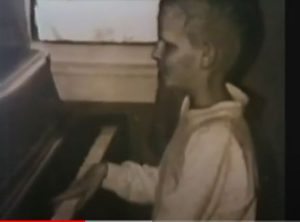 She opened the door and saw her son sitting at the piano, playing Tchaikovsky’s Piano Concerto No. 1. The music was Liberace’s theme song, and he had heard it numerous times on television.
She opened the door and saw her son sitting at the piano, playing Tchaikovsky’s Piano Concerto No. 1. The music was Liberace’s theme song, and he had heard it numerous times on television.
Leslie had never played a note of music in his life, but now he was playing like a professional, racing up and down the keys, never missing a note, as if he’d been practicing for years.
May fell down on her knees and cried. And laughed. And cried again. She ran for Joe. They were both on their knees for most of the night, praising God and thanking Him for giving their boy the gift of music. At last, God had given him a talent. And what a wonderful talent!
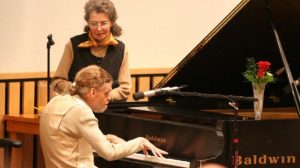 Playing the Piano, Singing & Finally Talking
Playing the Piano, Singing & Finally Talking
The Lemke’s household was filled with new life. Over the following years Leslie’s skill continued to improve. After a while he added singing, and finally he began to talk. He began performing at his home and at weddings. Their world began to expand around the growing recognition of the nearly lifeless boy who began playing piano like a master. Newspapers, television, and magazines spread the story. This patient and loving woman had been given her miracle, and he never missed an opportunity to tell about it.
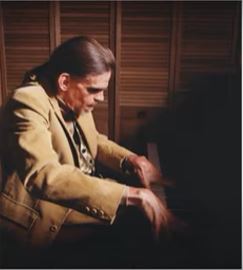 What had May known? She knew the power of love, and she believed in the faithfulness of God. What did Joe know? He knew the power of teamwork, and he got behind every whim his wife threw his way. He knew to love his wife as Christ loved the church.
What had May known? She knew the power of love, and she believed in the faithfulness of God. What did Joe know? He knew the power of teamwork, and he got behind every whim his wife threw his way. He knew to love his wife as Christ loved the church.
Leslie came to be known as a Savant. This word describes a person who is born with very little ability, who then, for reasons which baffle the greatest of scientists, develop a unique brilliance in some specific area. Roughly interpreted, the word savant means one who knows.
What did Leslie know? He knew his mother’s love.
As May aged, she began suffering from Alzheimer’s disease. During her final days, Leslie returned that love. He continued playing the piano for her, and something new began to happen. The now emotionless and quiet May began coming alive to the sounds of Leslie’s playing, raising her hands to the heavens, and singing hymns with him, like How Great Thou Art and Our Father. She was now the failing one, and Leslie the caregiver.
Love and the Brain
This story is not about reading instruction. Leslie was blind, and May did not know braille. This is a story about teaching — at the Master level. With the faith and willingness of May Lemke, anyone can see positive results.
May’s desire was to bring hope and purpose into her son’s life. This should become our purpose as we teach our loved ones to read. Most of all, we must never forget May’s secret ingredient. Love.
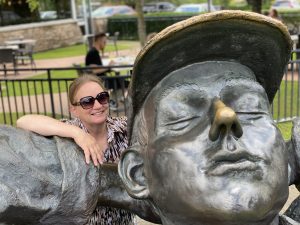 by Meg Rayborn Dawson
by Meg Rayborn Dawson
MS, Exceptional Student Education (Univ. of W. Florida) emphasis on Applied Behavior Analysis
MA, psychology (Grand Canyon University)
Bachelor of Arts (Northwest Nazarene Univ.)
********************************************************************************
Did you know every year many 1,000’s of parents teach their own children to READ? Many of them have used Alpha-Phonics because they have found it can easily be used to teach their children to read. Your Kids can make a lot of headway in only a couple of weeks with this proven program. Alpha-Phonics is easy to teach, is always effective and requires no special training for the Parent. It works ! And it is very inexpensive. You CAN DO it !! Follow the links below to know all about the time-tested (38 + years) Alpha-Phonics program:

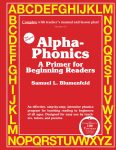

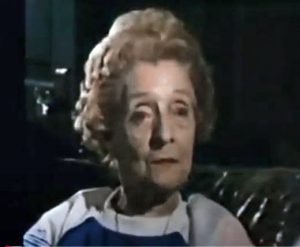
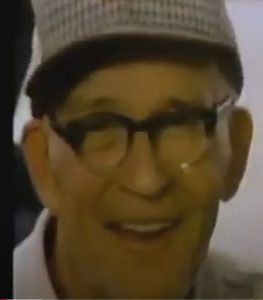
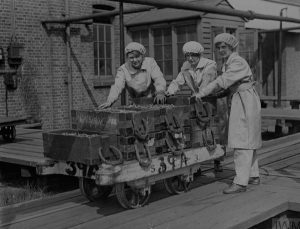
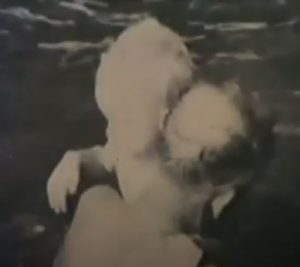
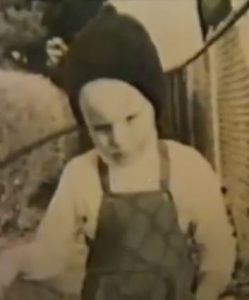
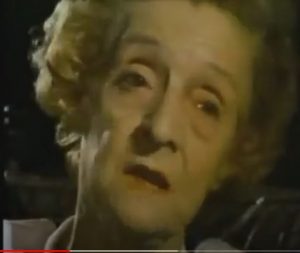
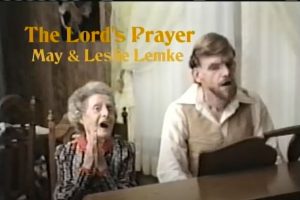
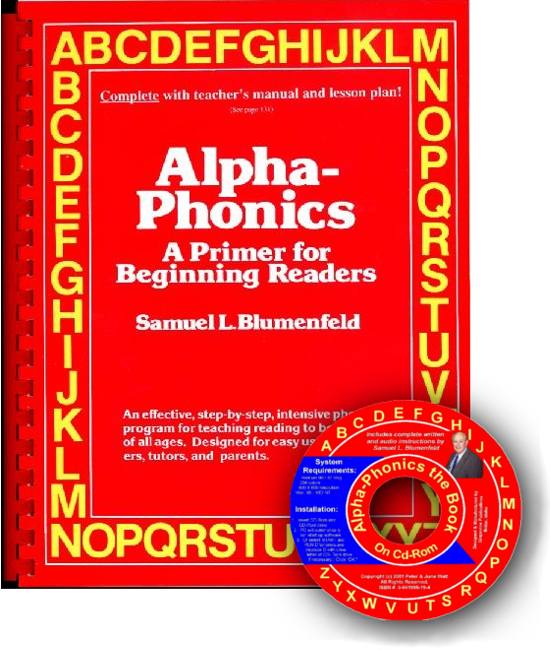 Alpha-Phonics
Alpha-Phonics The Alphabet Song!
The Alphabet Song! Water on the Floor
Water on the Floor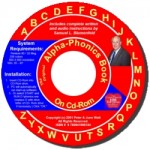 Alpha-Phonics the Book on CD Rom
Alpha-Phonics the Book on CD Rom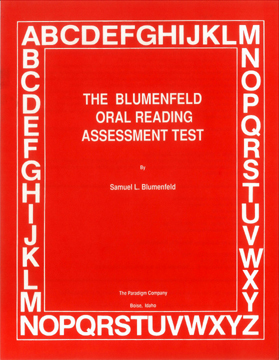 Blumenfeld Oral Reading Assessment Test
Blumenfeld Oral Reading Assessment Test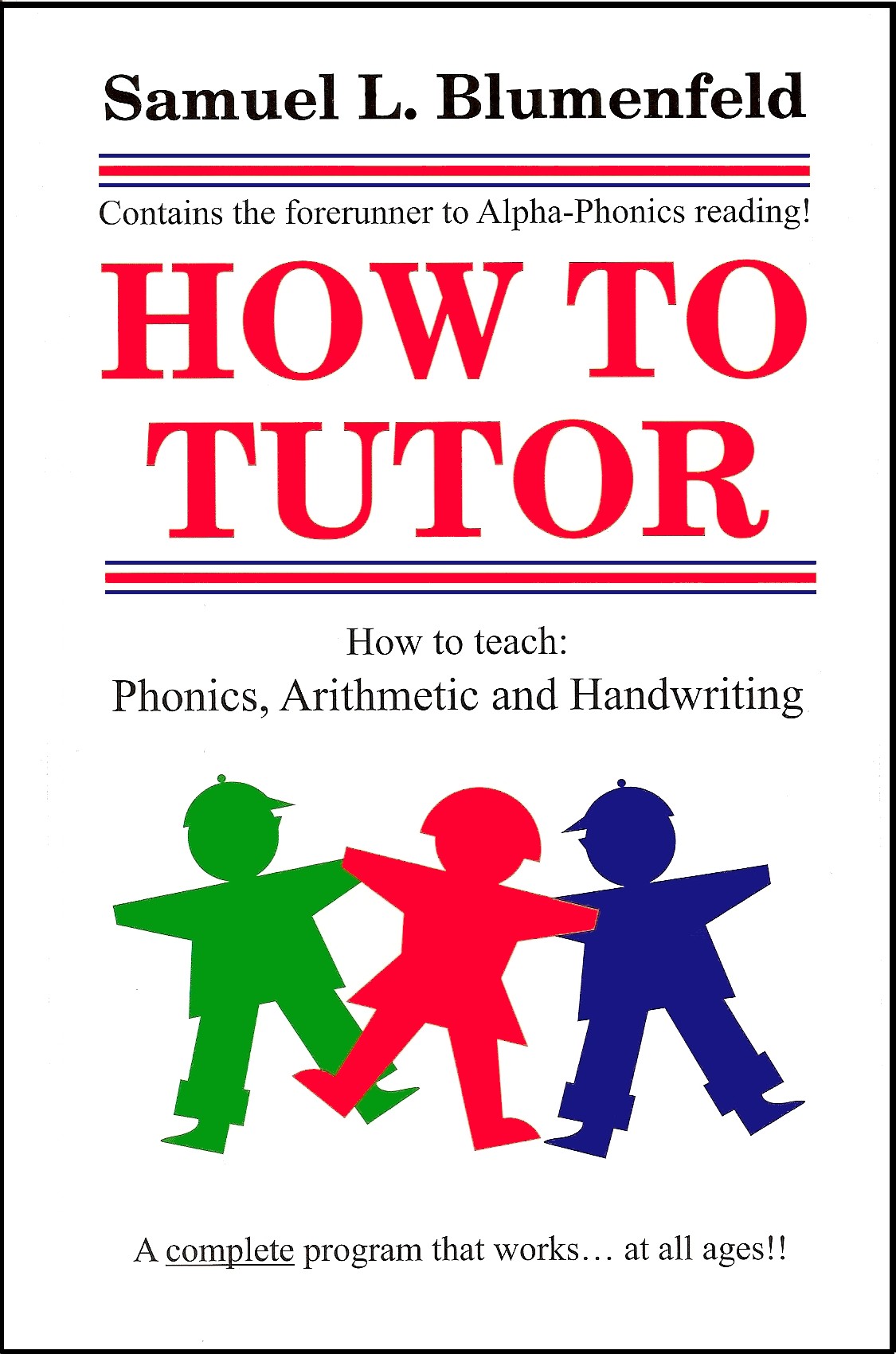 How To Tutor
How To Tutor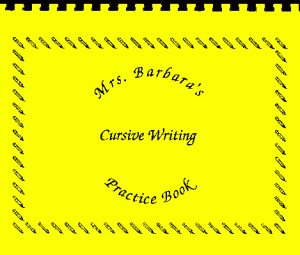 How To Tutor Cursive Handwriting Workbook
How To Tutor Cursive Handwriting Workbook